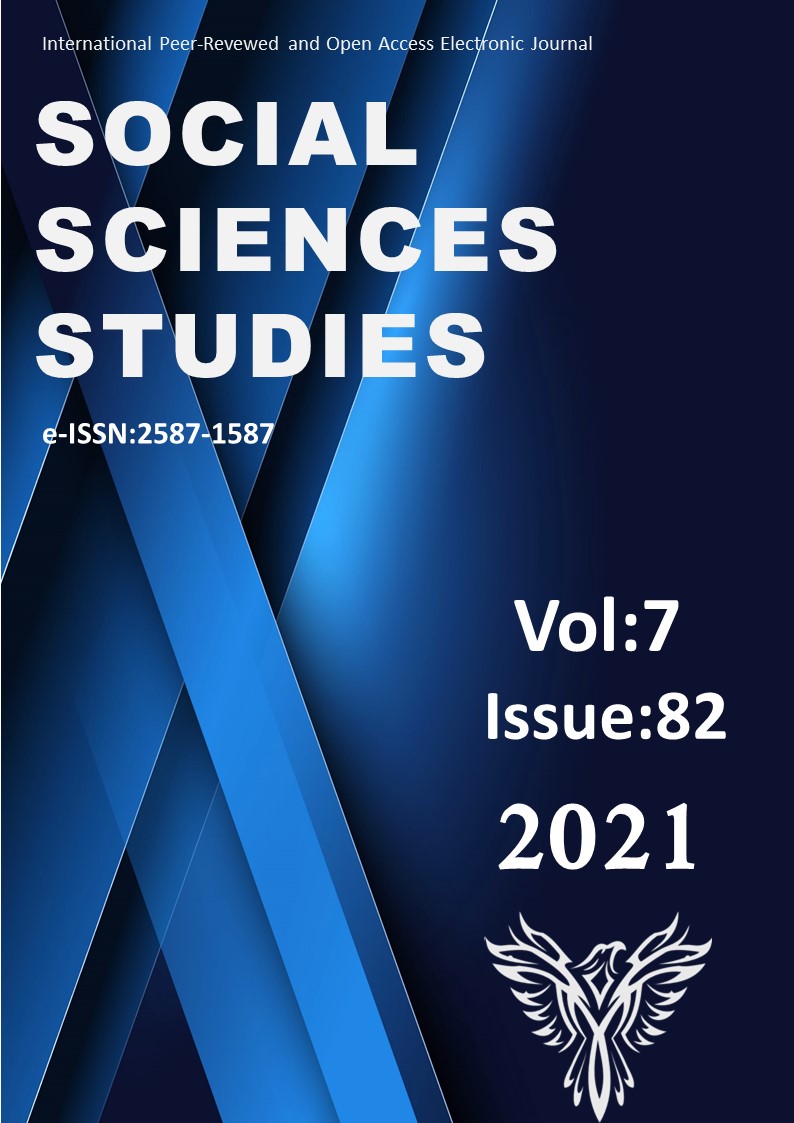9. SINIF ÖĞRENCİLERİNDE OBEZİTE PREVELANSI, ETKİLEYEN ETMENLER VE BEDEN AĞIRLIĞINI DENETLEME DAVRANIŞLARININ BELİRLENMESİ
Author :
Abstract
Amaç: Toplumun geleceği olarak görülen adölesanların sağlıklı beslenme alışkanlıklarının kazanılması, yaşamlarının ileriki dönemlerinde de bu davranışları devam ettirme olasılıklarını artırmaktadır. . Bu çalışmanın amacı; lise öğrencilerinin obezite prevelansı ve beden ağırlığını denetlenme davranışlarının belirlenmesidir. Gereç ve Yöntem: Çalışmaya Kayseri il merkezinde öğrenim gören toplam 1222 lise 9. sınıf öğrencileri dahil edilmiştir. Öğrencilerin sosyodemografik verileri kaydedilmiş, obeziteyi etkileyen bazı davranışları anket uygulanarak sorgulanmış, antropometrik ölçümleri yapılmıştır. Bulgular: Öğrencilerin %44,1’i erkek, %55,9’u kızdı ve yaş ortalaması 15.06±0.54 yıldır. Öğrencilerin %71,6’sının sağlığını iyi olarak değerlendirdiği belirlenmiştir. BKİ ortalamaları 21.7±3.39 kg/m² olup, erkeklerde obezite oranı %16,0, kızlarda %11,3 olduğu saptanmıştır. Adölesanlarda en çok atlanan öğün %32,2 ile kahvaltı öğünüdür. Öğrencilerin %37.8’inin kilo kontrolü için daha az kalorili ve az miktarda yediği, %37,4’ünün zayıflamak istediği %5,6’sının kusma ya da bağırsakları çalıştıracak ilaç kullandığı bulunmuştur. Öğrencilerin beden ağırlığını denetleme davranışlarının cinsiyet ve BKİ ne göre dağılımı istatistiksel açıdan anlamlı bulunmuştur ( p<0,001). Sonuç: Bu araştırmanın bulguları, artan fazla kiloluk ve obeziteye yönelik önlemler alınması, adölesanların vücut ağırlıklarını algılama biçimleriyle ilişkili sağlık risklerinin göz önünde bulundurulması ve adölesanların sağlığına zarar gelmemesi ve farkındalığın artması için desteklenmeye gereksinim olduğunu ortaya koymaktadır.
Keywords
Abstract
Aim: When adolescents, who are regarded as the future of society, acquire healthy nourishment habits, the likelihood that they will continue these behaviors at later stages of their lives increases. The purpose of this study is to determine the prevalence of obesity in and body weight controlling behaviors of high school students. Instruments and Methods: A total of 1222 9th grade high school students who are enrolled at schools in the city center of Kayseri took part in the study. The socio-demographic data of students have been registered, anthropometric measurements have been carried out and some behaviors affecting obesity have been examined through surveys. Findings: A ratio of 44,1% of the students was male, 55,9% was female and the average age was 15.06±0.54. It is determined that 71,6% of the students considered themselves to be in good health. The average BMI was 21.7±3.39 kg/m², whereby men had an obesity rate of 16,0% and women a rate of 11,3%. The meal which was skipped the most by adolescents was breakfast with a ratio of 32,2%. It was found that 37.8% of the students took in less calories and ate less for purposes of weight control, that 37,4% wanted to lose weight and that 5,6% used emetics or laxatives. The body weight controlling behavior of students were found to be meaningful from a statistical dispersion perspective with regard to sex and BMI ( p<0,001). Conclusion: The findings of this study point out that precautions should be taken for increasing overweight and obesity, that health risks in the perception of body weight by adolescents should be taken into account and that support is necessary to prevent damage to the health of adolescents and to increase awareness.
